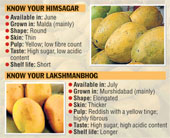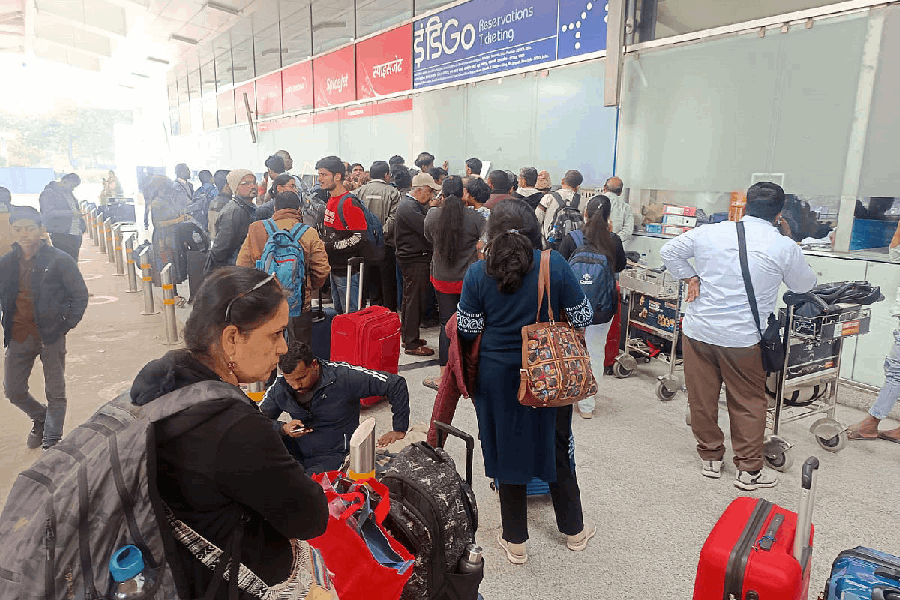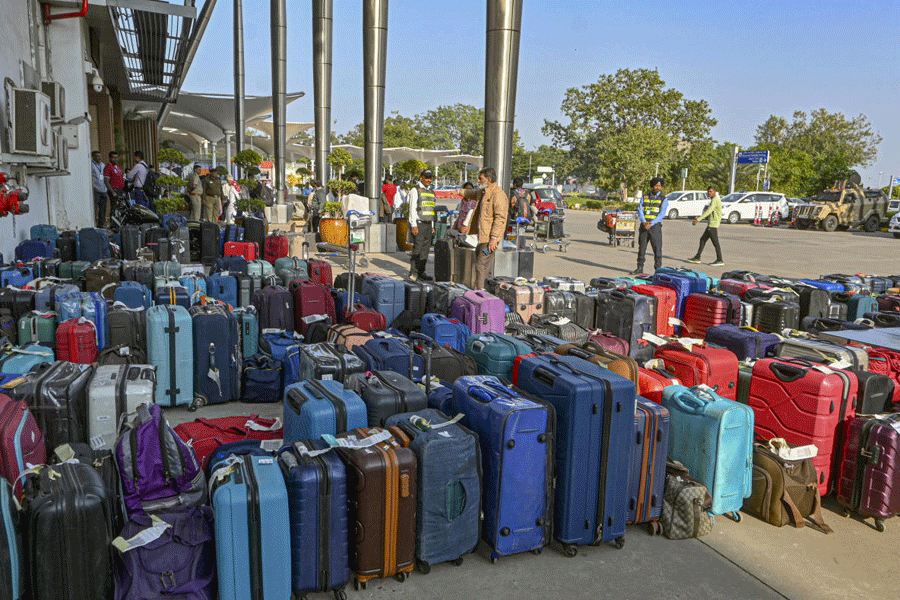 |
The humble Himsagar and the little-known Lakshmanbhog, from Malda and Murshidabad, now have a ticket to ride far and wide.
The central and state governments have picked Himsagar and Lakshmanbhog as varieties on a par with the Alphonso in taste and texture, and therefore ripe for the picking for the export market.
Lakshmanbhog was branded for export two years ago, but the push is awaited, while Himsagar is yet to be branded. “Fifty years of strong marketing have gone into creating the brand status Alphonso enjoys today. The Bengal mangoes have to be marketed well and the good news is that both the Centre and the state government are now serious about that,” said Gaurav Swarup, the president of the Agri-Horticultural Society of India.
“Now, even in Mumbai the Alphonso is so expensive that it is sold on a per piece basis. In Bengal, wholesalers buy Himsagar and Lakshmanbhog from the growers at Rs 4-6 a kg and sell in the city for Rs 30-35,” added Swarup.
The reason for the gap is a lack of awareness among growers and the absence of any sustained programme to promote these varieties. To bridge that gap and give a boost to the mango business in Bengal, Mango Mahotsava 2009 is being hosted from June 12 to 14 by the Agri-Horticultural Society of India, along with the Indian Chamber of Commerce, with the support of state and central government departments.
The aim is to educate the growers, aid interaction between growers of different states and bring in international buyers. “We will have buyers from Singapore, Hong Kong, Malaysia, Thailand and West Asia,” said Madhuparna Roy, the deputy director of agri-business at the Indian Chamber of Commerce.
Bengal grows nine lakh tonnes of exportable Himsagar and Lakshmanbhog, but the exports are negligible, pointed out Sreeram Chennappa, the CEO of Keventer’s Fresh, who is on the committee organising the Mango Mahotsava that hopes to start righting the wrong.










